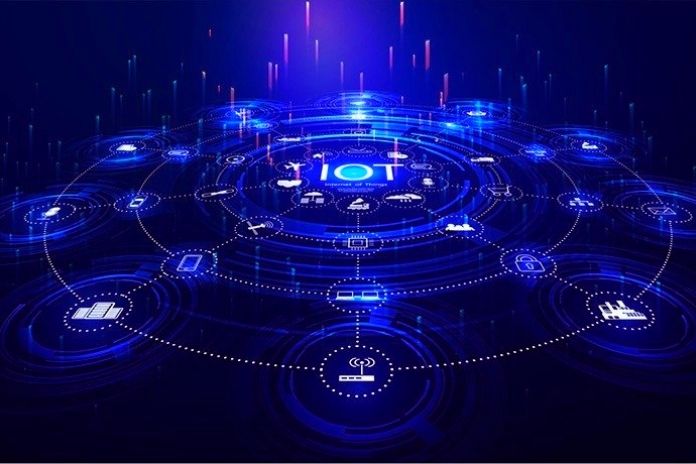The Internet of Things (IoT) is becoming a growing topic of conversation, both in the workplace and beyond. It’s a concept that has the potential to impact the way we live and the way we work.
But what exactly is IoT, and what impact will it have on businesses? There are many complexities surrounding the Internet of Things. Many technical and security policy-related conversations are taking place, but some basic concepts still need to be clarified.
Below, we explain what IoT is, how it works, and how it can impact your work and IT in companies.
So, What Is The Internet Of Things Or The Internet Of Things?
The Internet is becoming more widely available. The connection cost is going down, and more devices are being created with built-in Wi-Fi capabilities and sensors. In addition, technology costs are decreasing, and smartphone usage is increasing rapidly.
All these things are creating a perfect environment for the IoT. This is the concept of basically connecting any electronic device to the Internet and each other — hence the name, which means Internet of Things in Portuguese.
This includes everything from cell phones, coffee makers, washing machines, headphones, lamps, handheld devices, and anything you can think of. This also applies to machine components, for example, a jet engine in an airplane or drilling on an oil platform.
How Does IoT Work In Companies?
The Internet of Things is forcing the business world to change. The simple act of allowing a product to connect to a consumer’s smartphone can significantly increase the sales potential of that item.
Today, we can connect our phones to our cars to make calls and listen to music; we can automate our business finances and even use an app to order meals before arriving at a restaurant.
This growing dependence on technology forces companies to rethink their marketing strategies and find opportunities to introduce IoT into their products and services. One of the most popular ways companies use the Internet of Things is to automate their tasks.
For example, logistics companies can use real-time tracking across their fleet to provide near-accurate updates regarding the location of their shipments. This increase in automation meshes well with the customer experience. Today’s customers want things even faster, and IoT makes that a reality.
What Are The Main IoT Trends For The Future?
According to IDC, IoT will experience tremendous growth in the coming years in many areas:
- A cloud. Within the next five years, more than 90% of all IoT data will be hosted on service provider platforms in the cloud, as it reduces the complexity of supporting the “data mixing” of various devices that IoT brings;
- Safety. CIOs will be forced to adopt new policies that address potential breaches from IoT devices;
- Productivity. By 2020, 30% of companies will use IoT-connected product and asset data to improve product innovation success rates and organizational productivity, achieving up to 25%.
- Infrastructure. Datacenters and management systems will rapidly adopt new business models to manage non-traditional infrastructure and BYOD device categories;
- Diversification. Today, over 50% of IoT activity is centered on manufacturing, transportation, smart city, and consumer applications, but in 5 years, all industries will have implemented IoT initiatives;
- Wearables. By 2020, 40% of wearables will have evolved into an alternative to smartphones, making them viable for the consumer;
- Business Intelligence. By 2021, 75% of companies with a positive IoT ROI will use tactical analytics applications to reduce operational costs. Still, the 25% that strategically invest in a decision architecture ( Business Intelligence ) will increase their profit share.
Overall, the Internet of Things is a massive advancement in business. Any company needs to understand precisely how these new technologies are being used in their industry. This can open up an infinite amount of opportunities for the company’s future endeavors.

